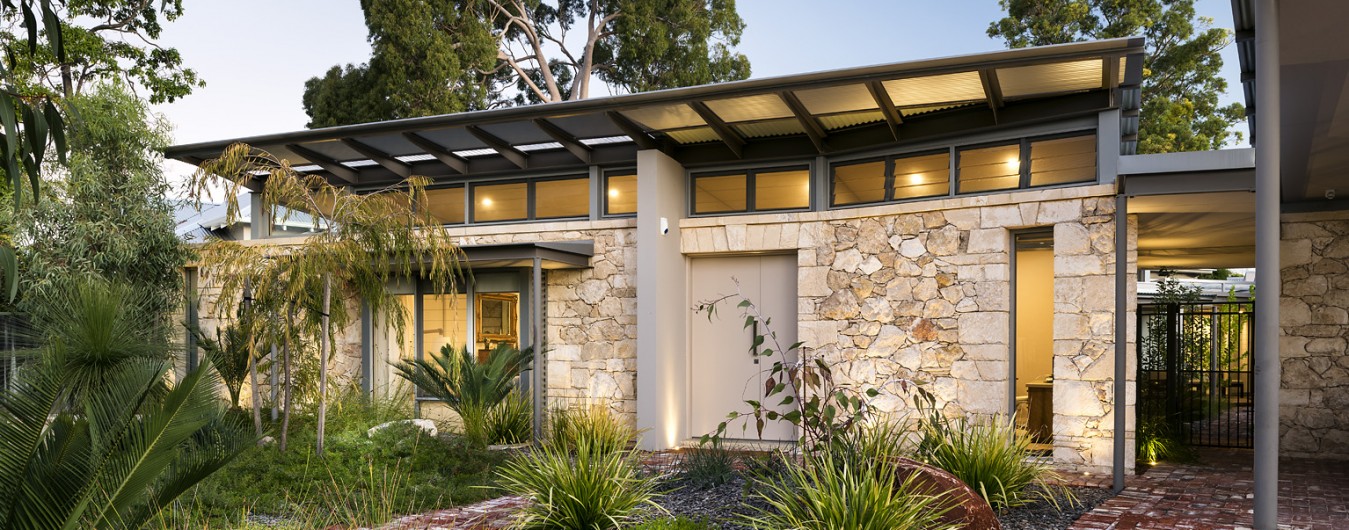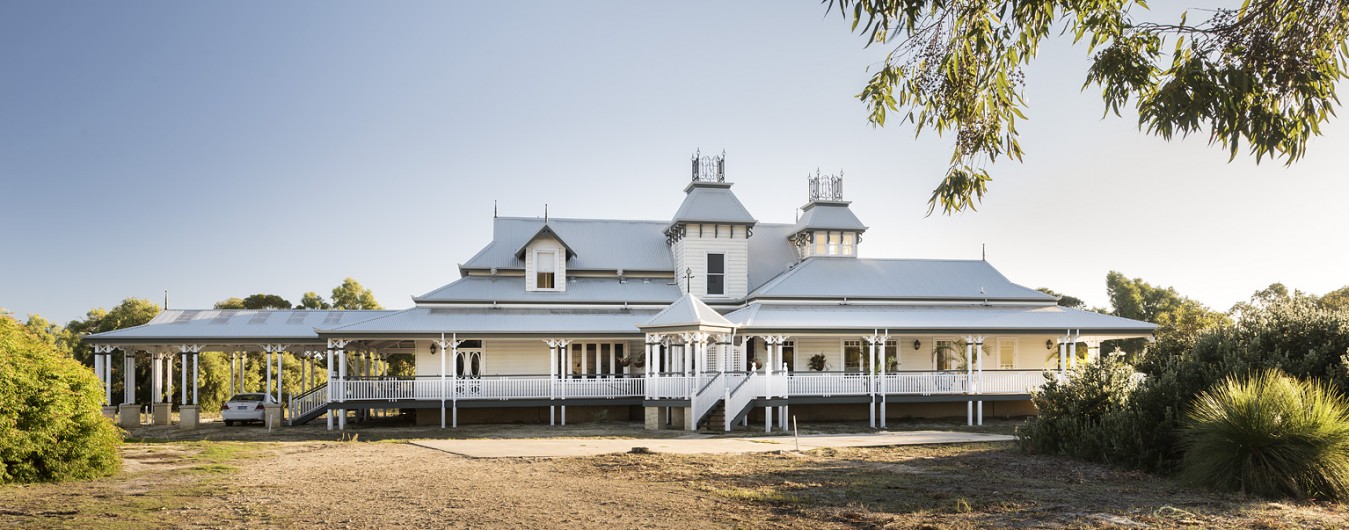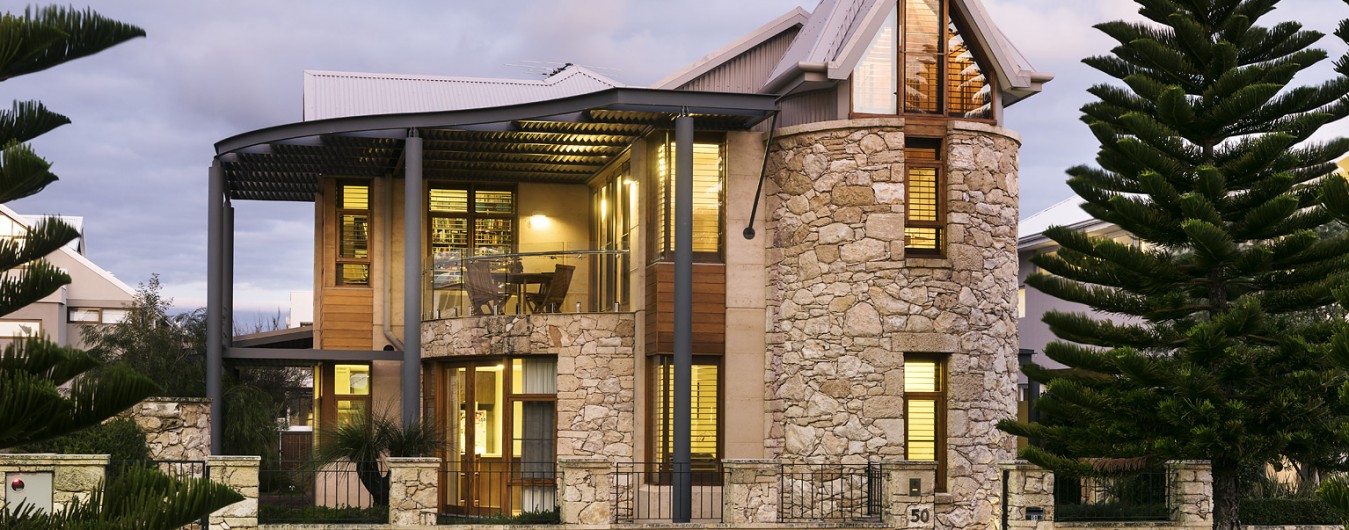The State of Greenness in Melbourne, Australia: Part 2
February 22nd to Feb 26th, 2010
Green Cities and Universities Report: Part 2
by Garry Baverstock AM, Adjunct Professor, Murdoch University, Western Australia
Green Universities Conference
The main thrust of the Green universities program, apart from the show and tell presentations about built examples and renovations of university buildings, was the a concentration of how university campuses were going to adapt to Climate Change, increasing air temperatures and humidity, and water shortages, as well as the economic imposts in dealing with these changes. My Murdoch University/RISE presentation was different to most, because it focused on what we were doing educationally, not on what we should be doing. Administrators dominated the attendance list and for that reason I felt that mitigation and understanding Climate Change impacts in the long term, was not given the balanced treatment it deserved. All too often it was all about development and new buildings, to my mind was unfortunate because the main issue for the next 40 years is adaptive re-use of buildings. Big money, big investment means more consumption and uncontrolled growth and more adverse impacts on Climate Change.
Adapting a Way Where Failure is not an Option
Professor Geoff Scott University of West Sydney (UWS) was particularly fired up over the success of his university, in sourcing $40 million for a program of research into the elements of achieving a sustainable future for Australia and how UWS and others, as part of his network, could produce meaningful results. His enthusiasm was impressive and given his success in securing such large funding, he had a very good reason to be proud of himself and his colleagues. His emphasis on a collegiate approach between academics and managers made sense and his strategic advice to the audience was inspiring. However it occurred to me that Thomas Edison didn’t go to university, nor did he need a well functioning committee to invest and commercialize the light globe. The ability of leaders at universities to tap into good ideas, link into networks and secure the funding is the province of a well functioning university. But to suggest that sustainability progress will emanate from universities was lacking credibility because technological and economical advancements have never often occurred that way in the past. I doubt whether it will in the future either.
I understood what he was getting at. It is important to be wary of over zealous “white knights” in universities who seem to know more than most but have never done anything substantial in the real world under realistic economic conditions.
But, he and others pointed out the importance of adaptive management of all aspects from the big picture of population growth to downscale aspects of developing building and infrastructure and courses relevant for the 21st century.
The development of green buildings at the University of Sydney illustrated that there has been a huge influx of Federal funds into many campuses for the development of building and the sustainable strings attached. Given the fact that Australians consume materials at a rate that would need four planets, as pointed out by one of the speakers, to supply the rest of the world should every individual follow in our footsteps is sobering and questions the over use of the word ”sustainable”. Sustainable for whom, one could logically ask?
The conference presentations and papers were varied and definitely made the journey worthwhile. The case studies and impressive initiatives such as the Mirvac school of Development at Bond University, as delivered by Robert Stable, couldn’t help light a bright pathway to a sustainable built environment. I saw huge potential for Murdoch if handled in a prudent way and at the right scale. But on the other hand I saw much of the discussion centred round the adaptation to climate change rather than an attitude to conquer it. The Risk management discussion from AECOM’s Michael Nolan was particularly useful as it drew the audience back to the realities of Climate Change for the next 50 years and beyond and the different scenarios if abatement and mitigation actions were not taken. For me this the prime concern that universities should be using as a platform for their actions. Ultimately, it is definitely not about building as many state of the art “green” buildings as fast as possible.









